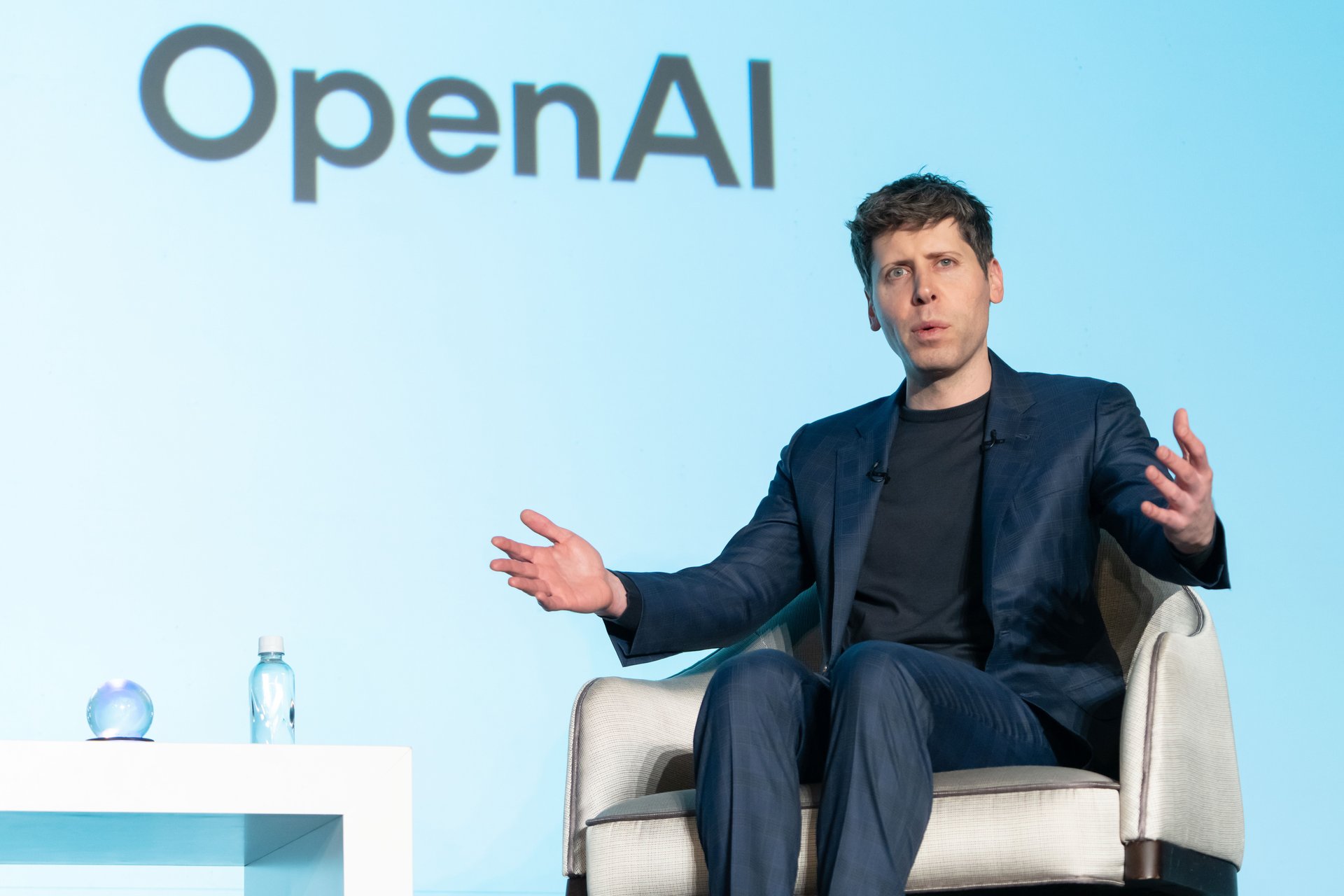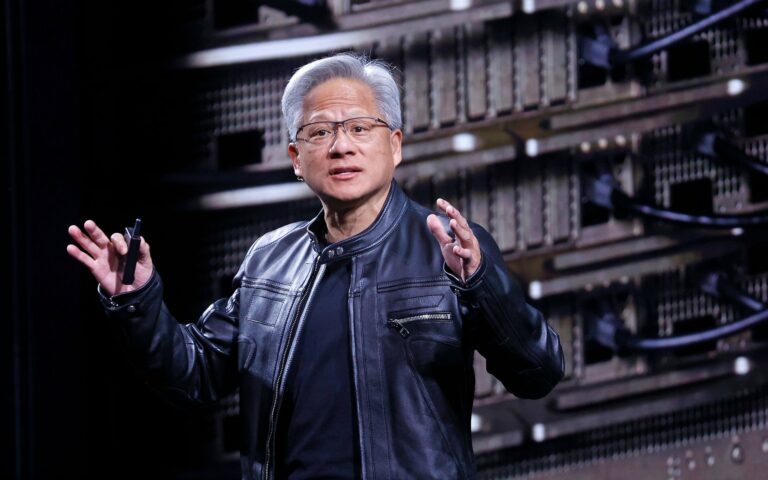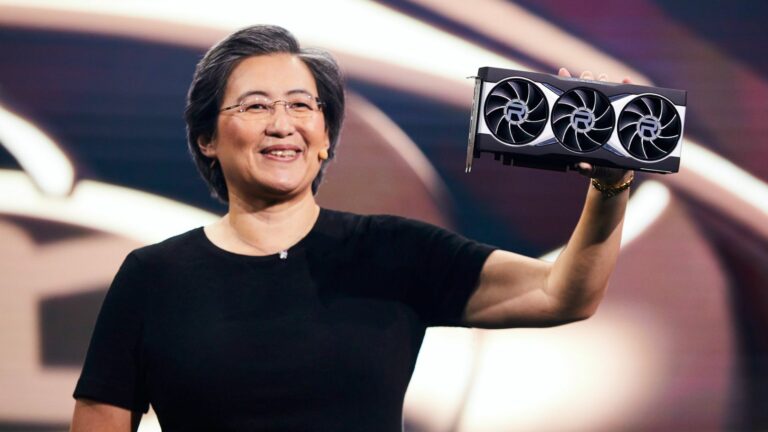AI Entrepreneurship & Agency — redefining how AI shifts from tool to partner.
The Turning Point: From Interface to Intelligence
When ChatGPT first launched, it was a conversation interface — a window into generative AI’s linguistic power. But in just two years, that window became a doorway. The launch of agentic systems — AI that can reason, act, and collaborate — marks a shift from passive output to proactive participation.
Sam Altman’s recent emphasis on agentic architectures signals the next phase of AI economics: not just making tasks faster, but making decision-making distributed. In his framing, the question is no longer “What can AI do?” but “What can AI decide?”
This subtle but seismic shift moves AI from being a tool of productivity to a partner in creation — one that holds agency, initiative, and even judgment.
The Entrepreneur’s New Partner
Altman has often described AI as a “co-founder with infinite energy and zero ego.” For entrepreneurs, this reframes AI’s role in venture formation. Instead of building apps on top of models, founders are now building companies alongside models — where the AI handles research, design, and early operations autonomously.
Consider an “agentic startup”:
- A human founder defines the vision and market insight.
- An AI co-founder prototypes, tests messaging, builds landing pages, and even negotiates with vendors.
- The system learns, optimizes, and evolves — operating as both executor and strategist.
This isn’t science fiction. Early-stage founders are already deploying agent clusters — networks of coordinated AIs handling marketing, sales, and analytics in parallel.
In this world, agency becomes an API. Human creativity focuses on why to build, while AI handles how.
The Organizational Shift: From Hierarchy to Harmony
Traditional firms rely on hierarchy to manage complexity. But what happens when autonomous agents handle execution?
The emerging model is holographic management — organizations that behave more like living systems than pyramids. Every agent, human or digital, has visibility, adaptability, and purpose alignment.
In Altman’s ecosystem, this could mean:
- AI handling project orchestration, coordinating dozens of digital workers.
- Human managers moving from control to calibration — guiding principles rather than tasks.
- Dynamic resource allocation, where agentic systems reconfigure teams based on goals.
This blurs the boundary between enterprise and ecosystem. The firm of the future may be less a company, more a constellation of human-AI partnerships.
Value Creation in the Agentic Era
Agentic AI redefines value in three ways:
- Speed Becomes Strategy — When iteration cycles shrink from months to minutes, the edge shifts from capital to cognition. The faster you can think, test, and pivot, the stronger your position.
- Decision Density — AI agents can make micro-decisions at scale, optimizing across product, pricing, and personalization simultaneously.
- Creative Multiplication — Human ideas are now force-multiplied by autonomous execution. A single founder can operate with the output of a 50-person startup.
The agentic shift thus marks the democratization of enterprise power — making sophisticated business capability available to individuals and small teams.
In Altman’s words, “The ceiling of what one person can achieve just got a lot higher.”
Looking Ahead
The Age of Agentic AI is not just about smarter tools — it’s about redistributing agency itself. As models evolve from chatbots to co-workers, the frontier of innovation moves from the interface to the organization.
Sam Altman’s legacy may not be creating AI that talks — but AI that acts. And as entrepreneurs learn to collaborate with these digital partners, we may see the rise of a new species of enterprise: the human-AI venture.
Follow Tomorrowist for more insights on innovation, deep tech, and value creation.





